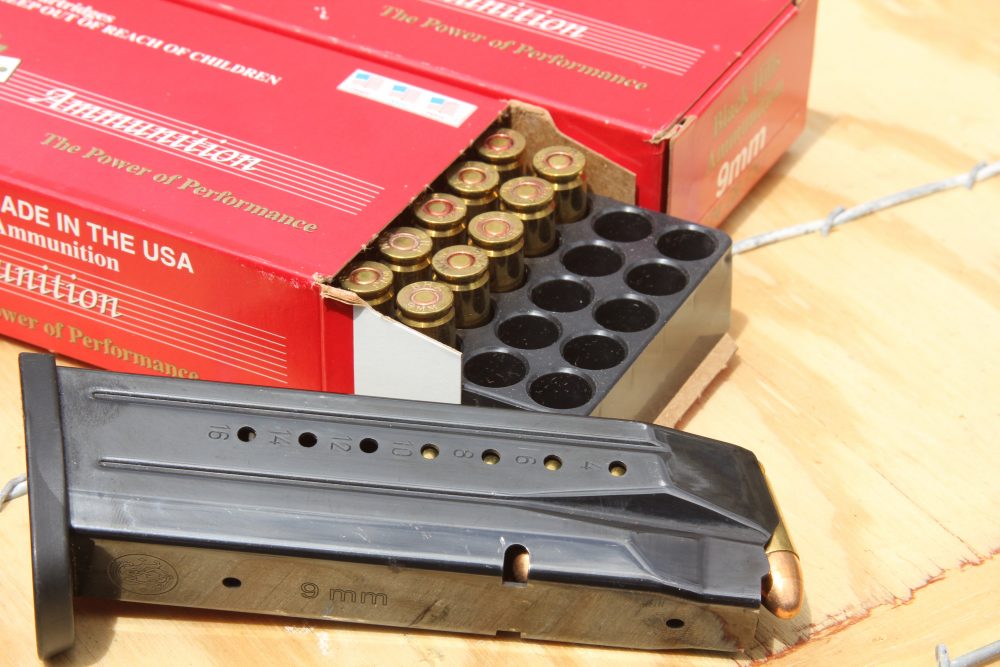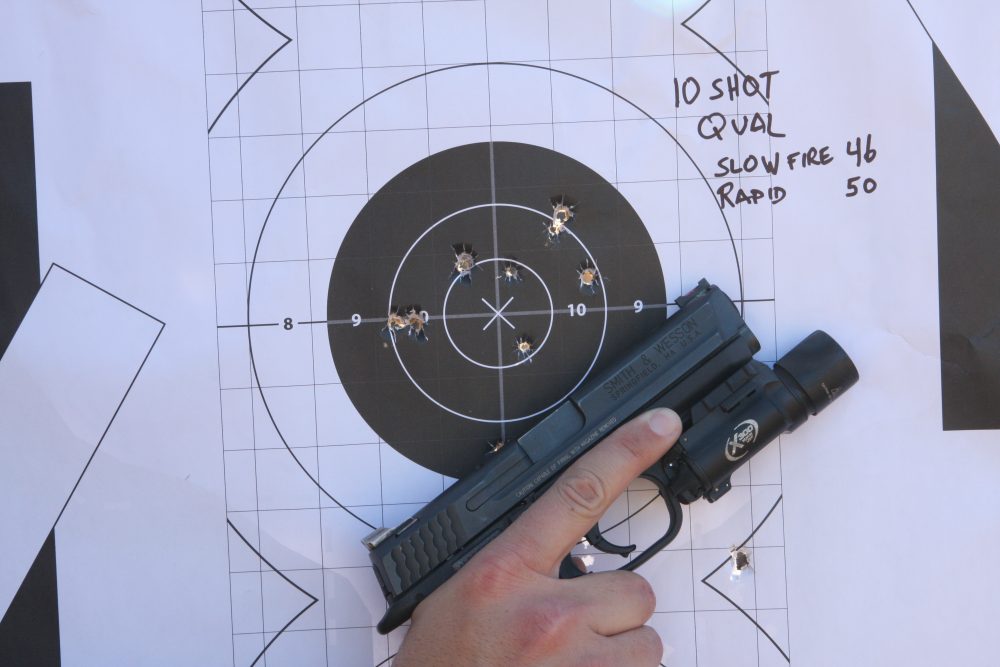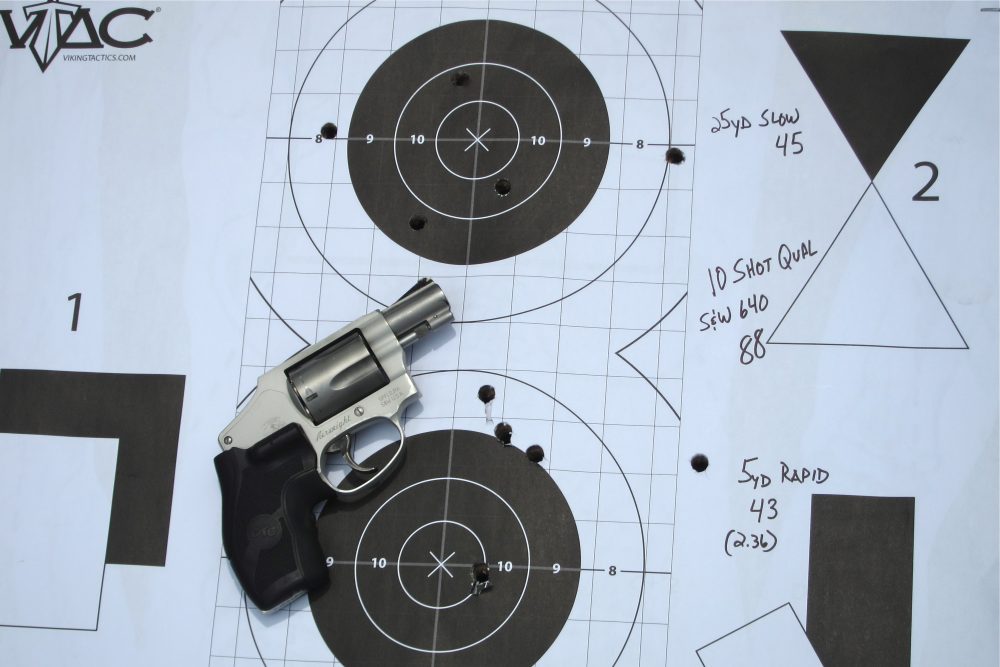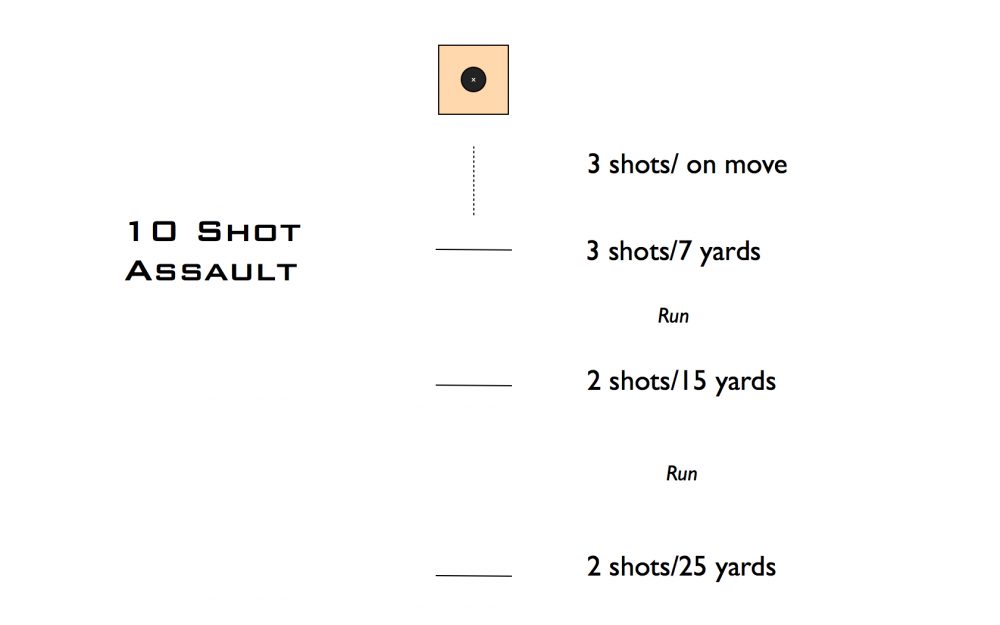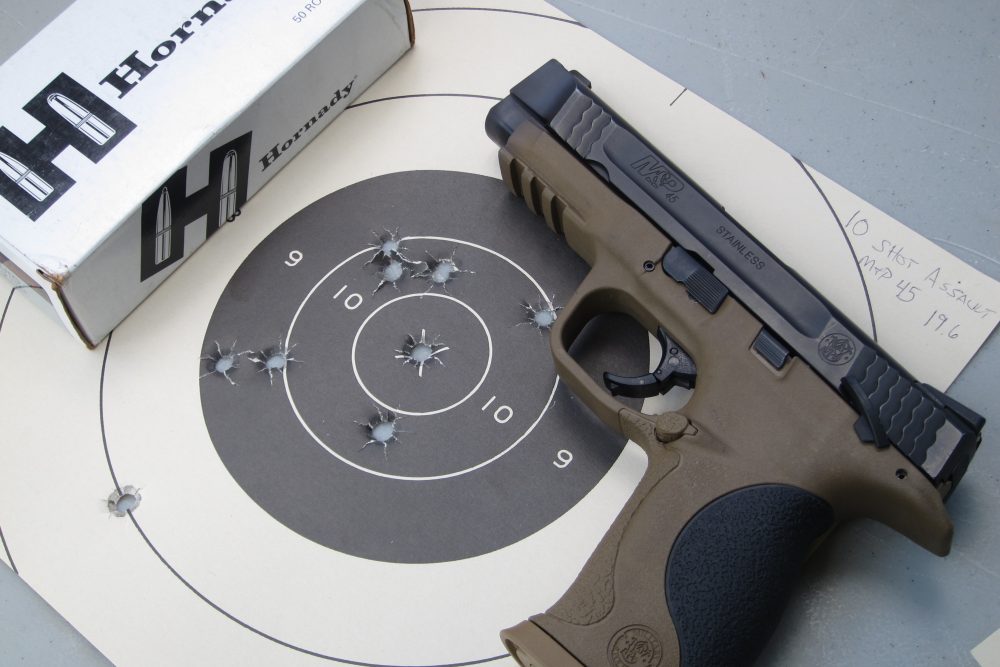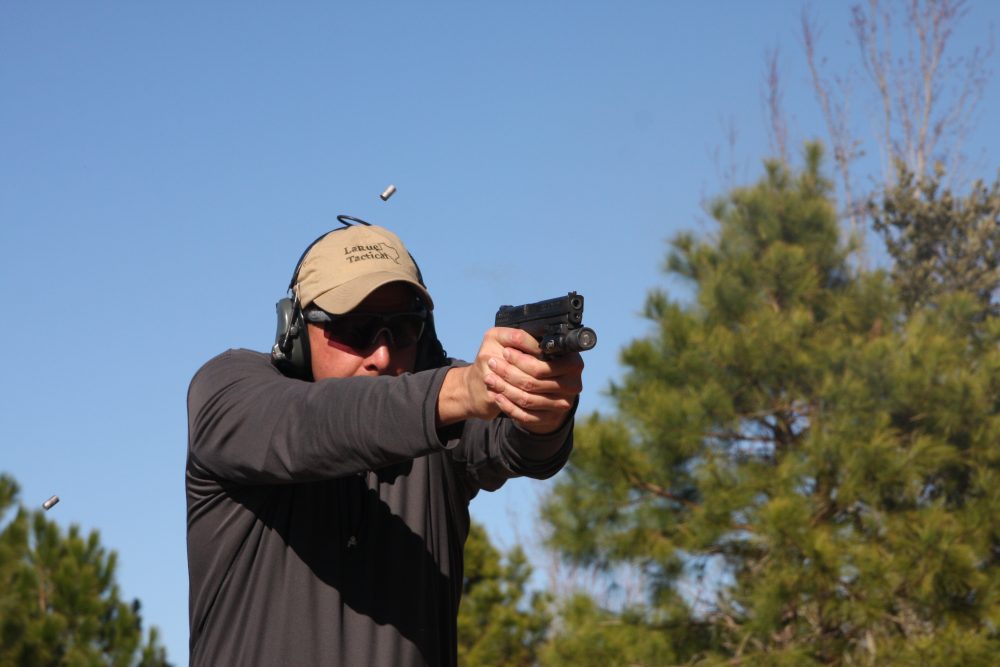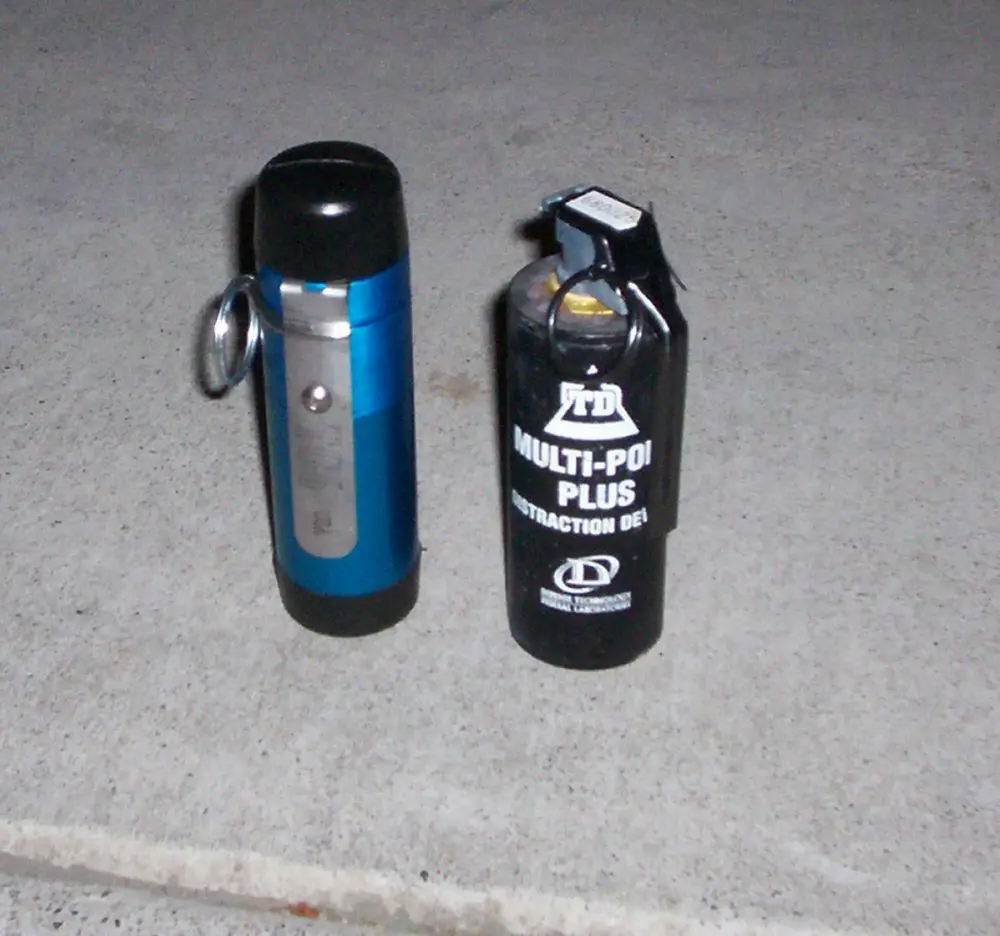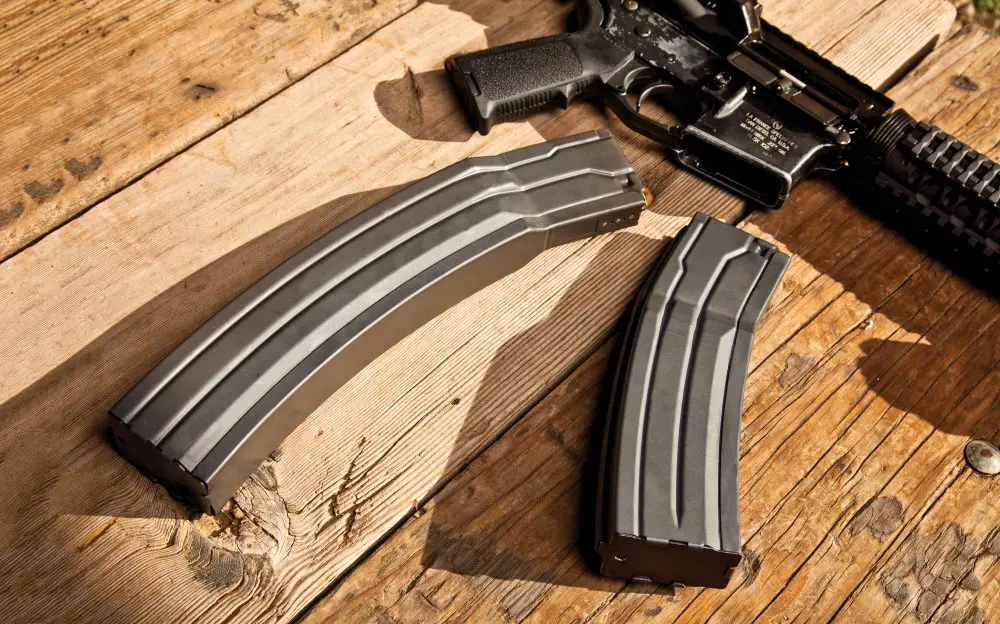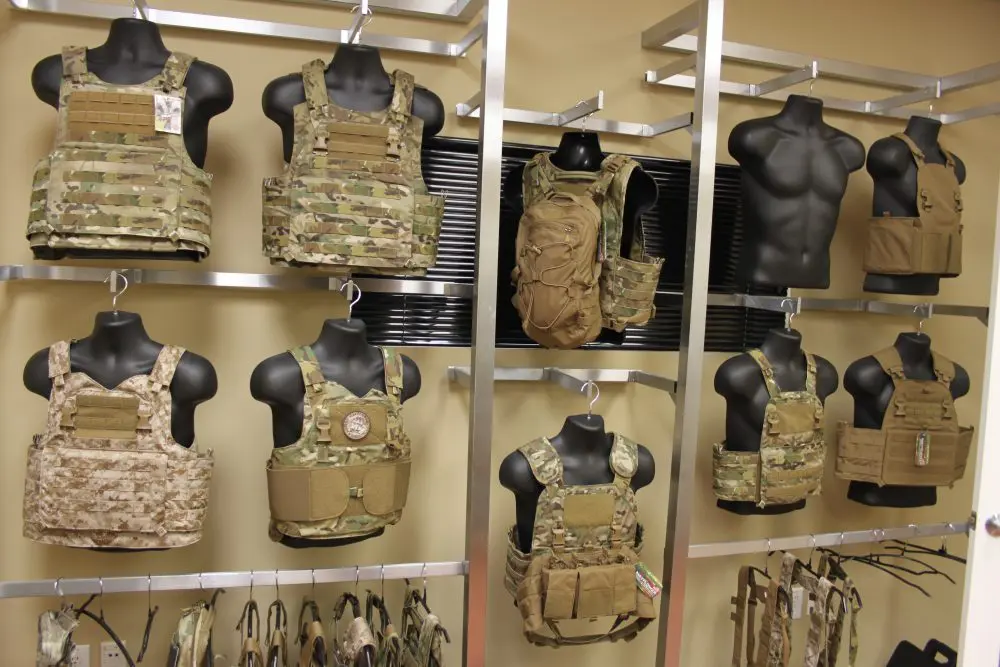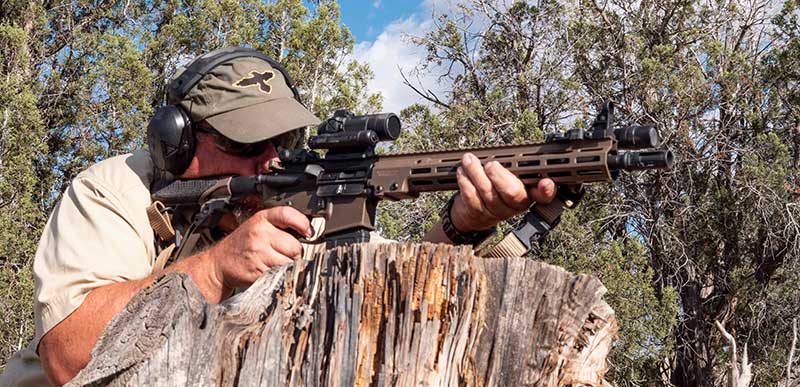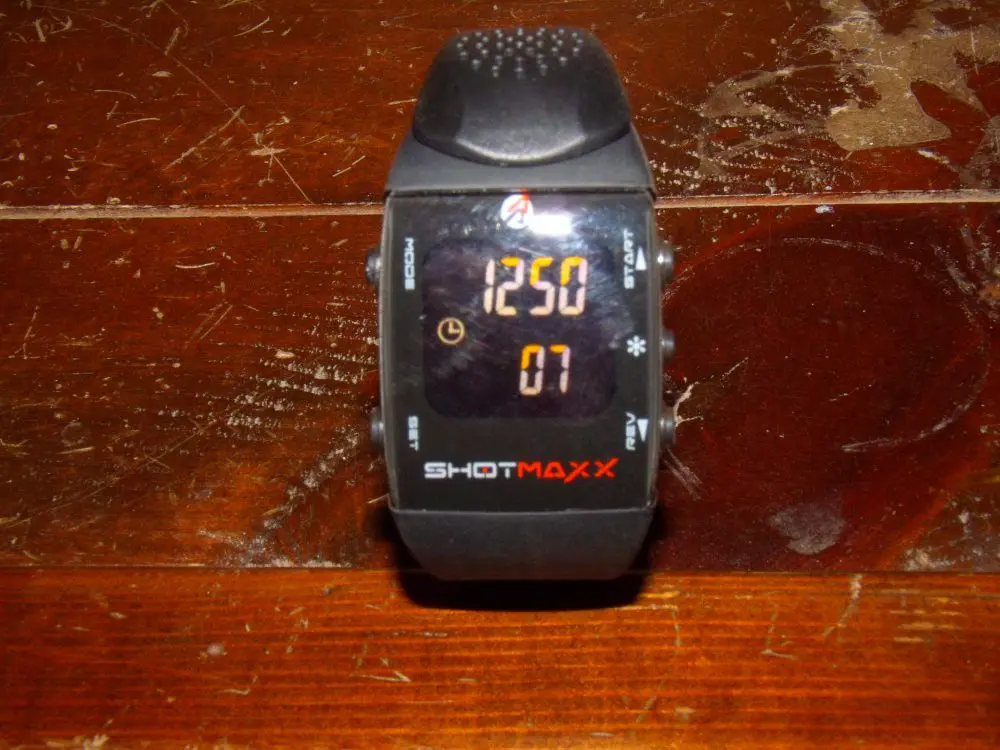With today’s ammo scarcity, there is utility in short courses of fire that focus on required skills. Ten shots well used can show a lot about the shooter’s current ability.
A number of great qualification and classification courses of fire for serious pistol work exist. Examples include the Hackathorn standards, the MEU (SOC) pistol qual, the International Defensive Pistol Association classifier, and the 700 aggregate.
Each emphasizes slightly different skills, and each has utility for the dedicated student of the short gun. But each of these and most others share two negatives: they require time and effort to shoot through, and need a decent amount of ammo.
The shortage and increased cost of ammo have hit most private shooters hard, and where one might have occasionally run through a long qual for practice or as a gauge for skill progress or maintenance, nowadays we are all hoarding what precious little ball we can find.
For those on organizational ammunition allotments, where the best ammo (the free kind) is provided, there is often a time constraint revolving around limited range or training time and throughput of a number of shooters. This makes long quals or drills less attractive if they are not required.
With these negatives in mind, let’s discuss some alternatives.
Ten-Shot Qual uses classic B8 25-yard pistol bull. Five shots slow fire at distance and from the holster in 2.5 seconds at five yards stretch shooter’s ability at either end of the speed and accuracy spectrums.
Table of Contents
DESIGNING A SHORT QUAL
I wanted a course of fire that was quick and easy to conduct and minimized ammo outlay. This indicated a single-target drill. My experience has been that some two- and three-target drills—which are my personal favorites—quickly become “too hard” to administer for groups and are not used as often as simpler single-target drills.
The next aspect that gets drills canned is having to be run individually with a timer. Simplicity indicates the ability for a drill to be run as a line, with timed portions on a set par time and the trainer simply looking for late hits.
Another flaw in many drills is a requirement for unique targetry. If a course of fire requires a different target than what is readily available and used, it becomes less useful (or at least less frequently used) than one able to be shot on the predominant target.
Finally, a short qual must emphasize the right things in the right proportions. There is a reason that long quals include precision, speed, draws, reloads, movement, strong- and support-side shooting, and more.
Ten-Shot Qual is tough with backups but an outstanding yardstick for what performance a shooter is losing with smaller handguns, plus a great motivator to improve.
If a shooter is going to fire only a limited number of rounds, he needs to emphasize the most important skills and provide feedback on where he is at that given time in those areas. This is actually a negative to long quals when used as a training tool.
The kitchen-sink approach may make it really difficult for the shooter or his coach to determine where and on which task the points are being dropped, unless the strings are carefully scored and critiqued as the course of fire progresses.
The problem is that, outside of actual qualifications, the pressure of time tends to lead to unimaginative “lump sum” conduct of long quals as training. The shooter is left wondering how he wound up with a dud score. Unless he is being effectively coached or is able to call his shots, he may end up remediating his 25-yard precision when it is actually close-range pairs that are sinking his score.
For my specific requirements, I wanted to emphasize precision at distance and maximum speed up close, effectively stretching either end of the spectrum. My group of shooters tends to be very strong at moderate speed and precision, so there was no need to emphasize that or attempt to measure it as a progress check.
For targetry, the old classic B8 25-yard pistol bull is hard to beat and was always on the line, so the short qual was designed around it.
Ten-Shot Assault is a running clock drill where shooter engages from multiple yard lines while advancing on the target.
TEN-SHOT QUAL
The Ten-Shot Qual is a great short-round-count, two-minute affair on one B8 that can be run as a firing line or an individual. The shooter begins at 25 yards and has one minute to fire five rounds at (hopefully into) the 5½-inch bullseye. The line is holstered and moves down to score the targets.
The next string is shot from the holster at five yards. The shooter has two and a half seconds to draw and place five shots into the bull. That’s cooking along at what is max speed for many. Late hits are minus ten each.
The speed requirement eats shooters’ lunch the first few attempts and drives them to improve both draw and the ability to control and track the handgun in recoil. For a trainee or novice-level shooter, the time is better placed at three plus seconds.
The cut is 80 points to qualify. Anecdotally, this seems to match up to expert level on a number of other quals or classifiers, so other users may adjust it according to their desired standard. For a special-mission user who is well trained and has a job with a high probability of employing the pistol, such as SRT/SWAT/SOF types, the marker is 90.
The Ten-Shot Qual is extremely challenging with back-up guns or subcompacts. I enjoy the difficulty and it allows me to see exactly where the little gun is as compared to a full-size service pistol. Some may benefit in bumping the par up to three seconds on the BUGs to maintain control and not have to outrun their headlights to make par.
The Ten-Shot Qual is not a full-scale replacement for other training drills or longer qualification courses of fire. It does seem to provide a great indicator of where a shooter’s at on either end of the speed and accuracy spectrum. And it does this at minimal investment in time and ammunition.
Ten-Shot Assault pushes shooter to blend accuracy and movement/target acquisition under time pressure, giving pretty good gauge of shooter’s capability.
TEN-SHOT ASSAULT
The next short qual is a scaled-down version of several assault-type courses of fire that I use. An assault course is a running clock drill with multiple positions to shoot from, typically with the shooter closing on the target. These drills put a good amount of pressure on the shooter and connect shooting with movement.
A shooter may or may not envision himself needing to charge a target, but the idea is to force him to place speed and accuracy in a dynamic context. Many shooters who can root into the ground and shoot fantastically while anchored get thumped by an assault drill. I’ve found that this format is a more accurate indicator of “on-demand” capability than static drills.
The Ten-Shot Assault starts holstered at 25 yards with a single B8 bullseye downrange. On the buzzer, the shooter draws, engages with two shots and runs to the 15-yard line, firing two shots there. As soon as the sights lift on that second shot, he sprints to the seven-yard line to fire three shots into the target, then steps off to fire the final three shots on the move toward the target.
Again, the expectation is 80 points to pass. Looking at the drill, you can see that the round counts are tilted toward the more likely engagement ranges and add the third rounds to better check recoil control and break the double-tap habit.
Rapid-fire string of Ten-Shot Qual requires shooters to push beyond their comfort zone while maintaining quality hits.
However, a shooter must be able to connect with pretty solid hits at 25 and 15 yards in order to make the grade. The par time is 24 seconds for a mission-type user—the standard trained/qualified police or military pistol-carrier. For special-mission users, the par is better placed at 20 seconds with an expectation of 90 plus.
The drill is not intended for novice users. For them, it is better segmented into strings of short dashes to a specific yard line to engage the target and recover until proficiency is proven.
The drill is best conducted singly with a timer but can be run as a firing line on a par time with sufficient spacing between “lanes” and shooters of demonstrated competence. There will be enough disparity in times that some shooters will be significantly forward of others. That is an accepted training aspect in some circles and an unsafe risk in others, so consider it carefully.
Some may question the lack of a reload. If that is a training priority, one is easily placed between the sixth and seventh rounds and 2.5 seconds added to the par time. I prefer to keep the drill clean and place maximum pressure on the speed and shooting.
Without a reload, the drill is obviously not revolver or single-stack neutral, and for those shooters, the “six-shot assault” applies. Simply fire one round each at 25 and 15 yards and two each at seven yards and on the move. The par is reduced by five seconds and, as with the Ten-Shot Qual, late hits are minus ten each.
AND THE REST OF THE BOX?
For unit use, the drills consume very little time and give the trainer a great sense of where to devote the rest of the range day and ammo allotment.
The beauty of these two drills is that they provide a lot of feedback and relevance inside of less than half a 50-round box of ammo. For an individual shooting on his or her own, there will be a strong temptation to shoot both multiple times—go for it! Between the two, a lot of skill is covered, and there’s little downside to “practicing the test.”
For those who are really in the hurt on ammo supply and are rationing against whenever rounds return to shelves, these short quals may be just enough to keep skills from atrophying.
